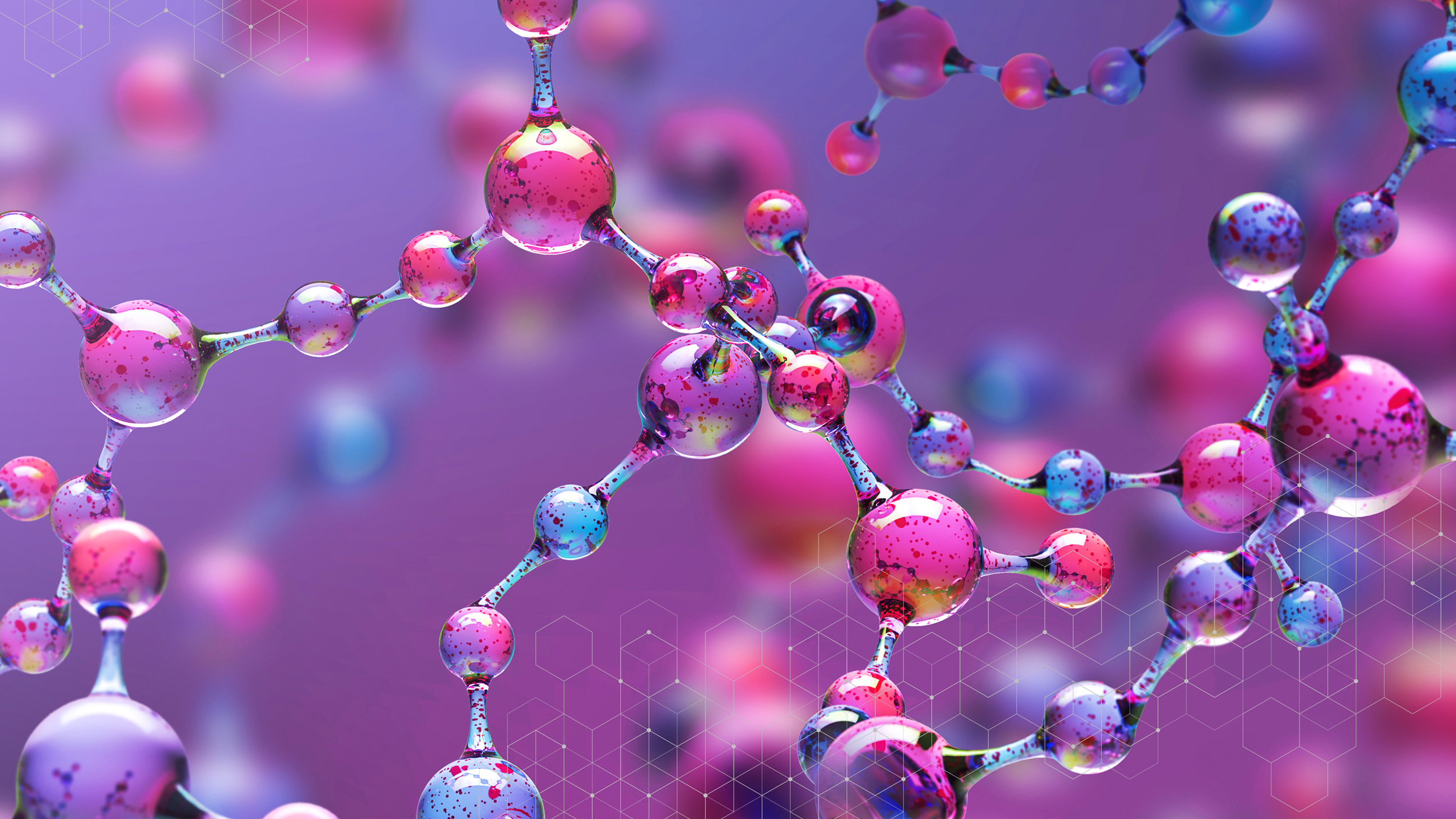 Search
Search
 Search
Search

Halliburton SVP Martin White provided insight on how technological, commercial, regulatory, and socio-political drivers are bolstering CCUS growth in Asia.
Last month, Halliburton Senior Vice President Martin White participated on a panel at Energy Asia 2023, to discuss the growth of Carbon Capture, Utilization, and Storage (CCUS), its challenges, and Halliburton’s approach to the CCUS market. Despite the cost and technical complexity, modern technologies and classic CO2 enhanced oil recovery (EOR) can play a role in CCUS.
Martin discussed cost as a prominent challenge to CCUS. “Front-end investment and lifecycle costs for CCUS wells tend to be much higher than conventional oil and gas well construction,” White said. “Some projects are well over $1 billion. The global investment community is watching closely, as companies look for ways to make CCUS projects net positive.”
Each CCUS project is unique – the variety of waste streams, transport mechanisms, and subsurface properties add technical complexity. Locating storage sites and aligning with CO2 sources poses challenges. Many sites are not located near conventional oil and gas operations, which means little to no historical data about the subsurface exists.
Martin said, “In Asia, technological, commercial, regulatory, and socio-political drivers are spurring demand, and new technology is required: enhanced subsurface models to reduce storage risk during planning; new metallurgy and cements to minimize corrosion during transport, injection, and storage; and sensors to enable monitoring for long-term, safe storage.” Robust subsurface modeling and increased throughput in direct air capture (DAC) units could further reduce costs and increase success rates.
More government funding and private equity options are also becoming available. Malaysia is one of the first countries to offer fiscal incentives to companies investing in CCUS facilities, which reduces financial risk. Other areas provide tax credits or incentives for successfully storing CO2 emissions, or they levy carbon taxes on heavy emitters. Countries like China, Japan, and Indonesia have specific timelines for carbon neutrality, further spurring growth.
Martin suggested APAC companies use EOR to drive additional CCUS opportunities. The benefit of EOR operations is sequestering CO2 in formations. It provides an opportunity for both carbon utilization and storage. The primary goal of EOR is to inject a gas, typically CO2, into a well to increase flow of hydrocarbons from depleted zones, which reduces viscosity, enhances miscibility, increases transport, and repressurizes the reservoir to enhance production. Another benefit of EOR is the significant amount of CO2 that becomes sequestered in the formation during those operations.
While EOR is not new, it has been used primarily in North America. However, with the growing need for energy security and investments in the upstream sector, along with aging oil and gas fields in the APAC region, EOR can increase efficiency in the production of hydrocarbons and assist with CCUS in the region.
To learn more about Halliburton’s CCUS projects, get in touch with a Halliburton sustainability expert today.
